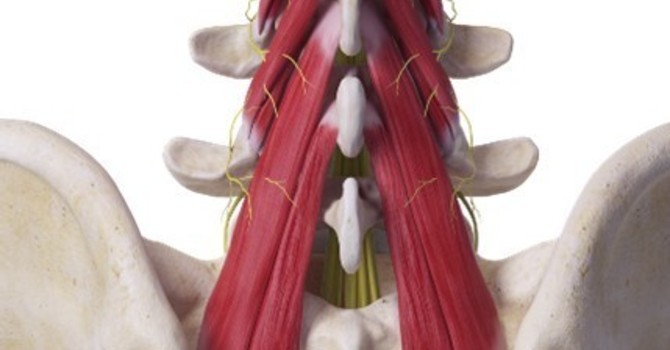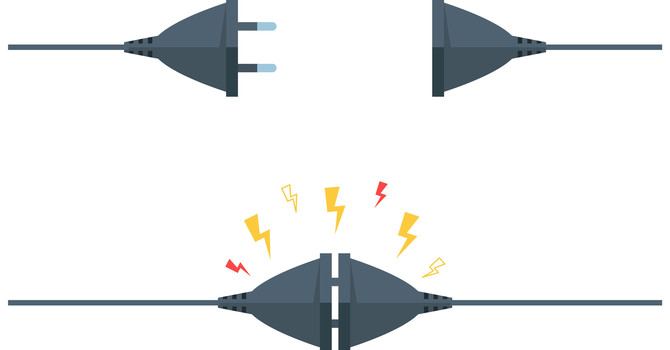
Our bodies are made up of moving parts.
Hundreds of joints in our bodies work in a synchronized pattern to keep us mobile, strong, and healthy. Your spine has 24 moving vertebrae. Each vertebra has at least four joints that allow for movement between its neighbour above and below. There are also 24 joints between the vertebrae and the ribs. Add to this the 23 discs between each vertebra.
All your joints need to move because:
1) Joint movement stimulates sensory nerve endings that transmit messages to the brain to create synchronized muscle movement. Lack of proper joint movement results in poor muscle control, a risk factor for injury and pain.
2) Joint movement allows muscles to get strong. Muscles are weak if joints don't move.
3) Joints allow our bodies to move, walk, exercise and improve our overall health.
4) Joint movement helps with the lubrication and nutrition within the joint. In the spine, it aids the nutrition and water content of your discs to keep them healthy. Poor joint/disc lubrication leads to pain, degeneration, and arthritis.
Movement in the body can be classified into three subsets:
1) Whole Body Movement - This is how we use our bodies for our daily tasks, walking, reaching, bending, lifting and even sitting.
2) Regional Movement - this happens when we go out for a walk. It's a lower-body regional movement. This also occurs in the gym, at yoga or Pilates - we work various regions in the body in the hope that it will help our Whole Body Movement.
3) Segmental Motion - This is what all movement is based on - the ability of individual joints to move well, that when put together, results in smooth, strong and pain-free movement of the whole body.
Your spine is the one area of the body that is comprised of segmental movement between the vertebrae.
It's also one area where you don't have any voluntary control in each segmental joint. You can move the individual joints of your arm, hand and fingers, but try just moving the joints between the lowest 2 vertebrae in your spine!
And this is what chiropractors are trained to do.
Locate, assess and treat segmental movement in your spine for optimal brain input, muscle control and joint health. Many segmental joints of your spine become stiff and tight long before you get any pain from poor posture, stress and little tweaks that come and go over time.
So keep moving. Go on your walks, go to your exercise classes and gym workouts, but get spinal checkups to be sure that your small segmental joints are giving you all the movement you need and to prevent unnecessary back and neck pain.

David Olson
Contact Me



